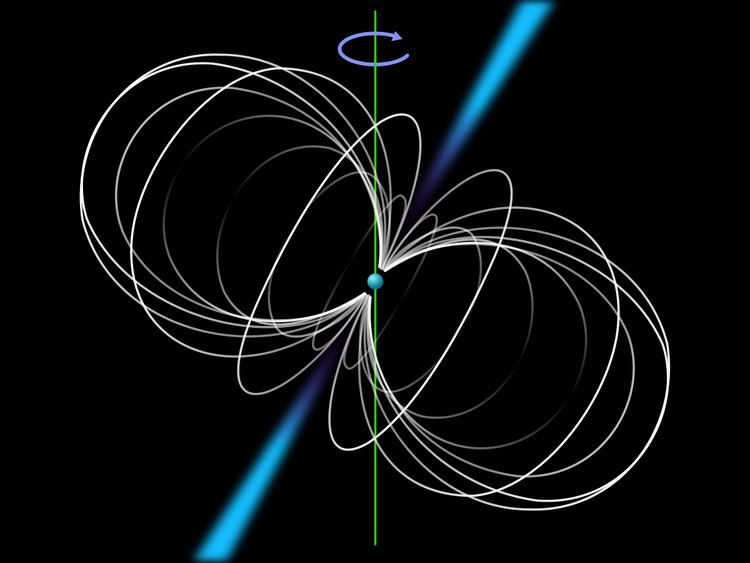 | ||
Astronomical radio sources are objects in outer space that emit strong radio waves. Radio emission comes from a wide variety of sources. Such objects represent some of the most extreme and energetic physical processes in the universe.
Contents
History
In 1932, American physicist and radio engineer Karl Jansky detected radio waves coming from an unknown source in the center of our galaxy. Jansky was studying the origins of radio frequency interference for Bell Laboratories. He found "...a steady hiss type static of unknown origin", which eventually he concluded had an extraterrestrial origin.This was the first time that radio waves were detected from outer space. The first radio sky survey was conducted by Grote Reber and was completed in 1941. In the 1970s, some stars in our galaxy were found to be radio emitters, one of the strongest being the unique binary MWC 349.
Undiscovered phenomena
Explaining their recent discovery of a powerful bursting radio source, NRL astronomer Dr. Joseph Lazio stated: "Amazingly, even though the sky is known to be full of transient objects emitting at X- and gamma-ray wavelengths, very little has been done to look for radio bursts, which are often easier for astronomical objects to produce." The use of coherent dedispersion algorithms and the computing power provided by the SETI network may lead to discovery of previously undiscovered phenomena.
